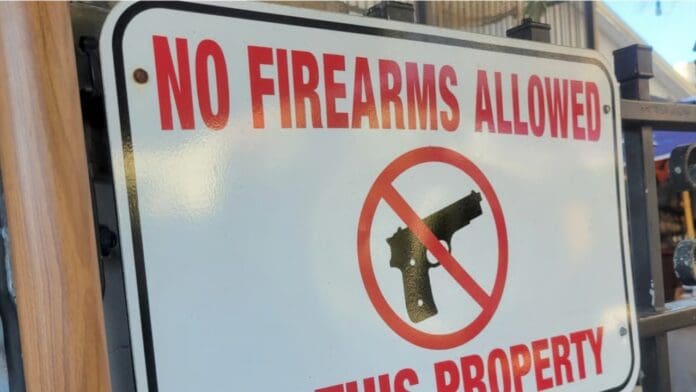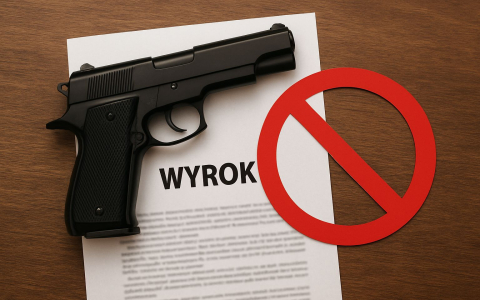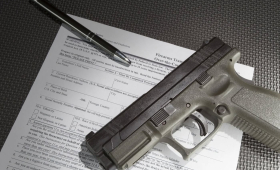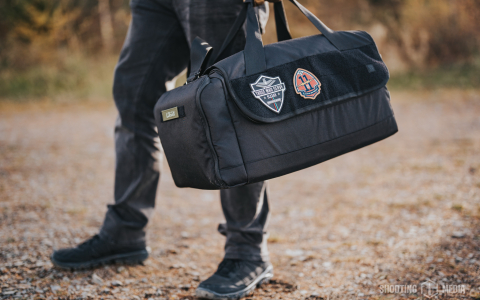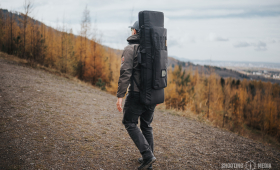After a series of workplace gun-related incidents in the 1960s, including several tragic shootings at postal facilities, federal authorities began introducing regulations aimed at increasing employee safety. In 1972, the USPS — already an independent government agency (following the 1971 reform) — introduced a regulation that, among other things, prohibited bringing firearms onto postal property.
In the 1980s and 1990s, a series of high-profile massacres occurred at postal offices — this phenomenon even gave rise to the phrase "going postal," meaning a sudden outbreak of violence in the workplace. Following these events, the USPS tightened enforcement of the ban — not only was it prohibited to bring weapons into buildings, but also to leave them in vehicles parked on postal property. Additionally, federal criminal laws were introduced prohibiting the possession of firearms on federal premises, including postal buildings. The justification for this ban included employee safety, protection of mail, and safeguarding citizens from potential violence or abuse on federal premises.
Until court rulings in 2024 and 2025, this ban was strictly enforced across the United States — regardless of whether a person had a concealed carry permit. Violating the regulation could result in:
- arrest by a federal agency (Postal Inspection Service),
- federal charges (up to one year in prison and/or a fine),
- a lifetime ban from entering postal property.
This strict prohibition remained in place for decades, even despite Supreme Court rulings in later years that increasingly strengthened the protection of individuals' rights to own and carry firearms.
In January 2024, a federal court in Central Florida issued a ruling in the case of United States v. Ayala, stating that the federal ban on possessing firearms in postal buildings was unconstitutional under the Second Amendment insofar as it applied to ordinary post office locations.
Ayala, a USPS employee and transport driver, held a concealed carry permit. In 2022, he entered the employee area of a Tampa post office with a pistol hidden in a pouch. He was charged with violating the law. In his defense, he argued that the ban infringed on his constitutional right to carry a firearm. Judge Mizelle accepted this argument and dismissed the charge, stating that the government failed to demonstrate a historical precedent for banning firearms in post offices during the early history of the nation, as required by the 2022 Bruen ruling, which held that firearm restrictions must align with historical traditions of gun regulation from the nation’s founding era. Judge Mizelle also found the federal ban overly broad — applying to all federal properties without temporal or geographical limitations, unlike historical gun bans in locations considered sensitive (e.g., courts, legislative halls, polling places).
Despite this ruling, USPS initially stated that its gun ban policy in facilities remained in effect and that it would review the ruling’s implications.
On September 30, 2025, a federal judge from the U.S. District Court for the Northern District of Texas issued a similar ruling, declaring that the ban on bringing firearms onto postal property — both inside postal buildings and on the surrounding grounds — is unconstitutional.
In the opinion, the judge stated that the applicable federal regulation and USPS policy do not meet constitutional scrutiny under the Bruen decision. The judge emphasized that there is no evidence of historical firearm bans at post offices during the Founding Era. He also pointed out that post offices already existed during the nation’s founding, making them "ordinary places," not "sensitive locations" that would qualify for exceptions in firearm regulation.
Both rulings represent significant precedents in the debate over the right to bear arms and the limits the state can place on access to firearms in various public spaces. As a result, firearm bans at postal facilities — which had previously been nearly absolute — are now being challenged as unconstitutional. However, it is important to note that the 2024 ruling applied to a specific case and did not automatically strike down the ban nationwide — other federal courts could hold different views. The 2025 decision broadens the legal arguments and creates more grounds for challenging similar bans across the U.S.
Postal institutions and federal agencies must now reconsider their policies and adjust to the new legal landscape — some restrictions may be invalidated by courts, while others may need to be reassessed in light of the historical analogy requirement established by the Supreme Court in the Bruen decision.
Fortunately, in Poland we are free to carry firearms into Polish Post facilities, but it is still important to remember that there is a list of places where carrying firearms is prohibited. These include, among others, court and prosecutor buildings, airports and seaports, public assemblies and mass events, and polling stations.

